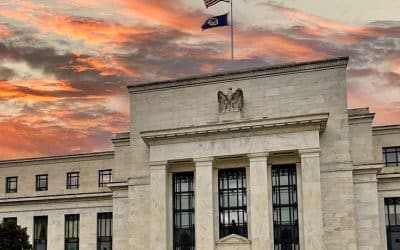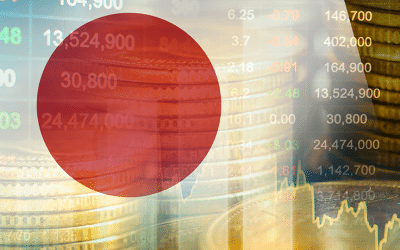Deepseek R1: Threat or Paradigm Shift?

Redacción Mapfre
César Gimeno, fund manager at MAPFRE AM
In recent months, we have witnessed the exponential growth of artificial intelligence solutions, particularly large language models (LLMs). This growth has been driven almost exclusively by American tech companies like Microsoft, Google, OpenAI, and Anthropic, which have invested enormous amounts of money, data, and resources, primarily Nvidia GPUs (graphics processing units), to train these models with the hope of recouping their investments in the future.
However, the recent launch of DeepSeek-R1 seems to show that other alternatives are possible. Its launch has had a notable impact on the stock market. Nvidia's shares dropped by 17% following the announcement, erasing more than 600 billion USD in market value. Additionally, the Nasdaq index saw an intraday 5% decline, and the S&P 500 dropped by 3%, with the semiconductor sector suffering the largest single-day drop of -12.7%. This development has caused uncertainty among investors and prompted a reassessment of investment strategies in the AI sector, in both the hardware and software arena.
Founded by Chinese hedge fund manager Liang Wenfeng, DeepSeek’s approach has been radically different:
- A limited budget, several orders of magnitude lower than its competitors, with only 6 million USD according to its own research publications, compared to the more than 100 million USD needed to develop ChatGPT-4. Additionally, it uses a much smaller number of GPUs, just 2,000 Nvidia H800, resulting not only in lower costs but also in lower energy consumption.
- An open-source software development model, registered under the MIT license, which is accessible to anyone.
- A disruptive price, offering API access at 0.14 USD per million tokens (the model's minimum input unit), significantly reducing OpenAI's fee of 7.50 USD for the same amount of data.
- Performance that is capable of matching, or even surpassing, the best American models in reasoning, mathematics, and coding tasks.
These results call into question the rationality of the multi-billion dollar investments we have seen announced recently, such as the Stargate project, led by OpenAI and SoftBank, which aims to invest a staggering 500 billion dollars in AI.
If the information about DeepSeek is accurate, something that can at least be partially verified thanks to it being an open-source project, it would represent an open and efficient alternative for the application of a technology that will very likely transform society. This would force the major industry players, like OpenAI, Google DeepMind, Meta, or Anthropic, to reevaluate their strategies to see if they still make sense in this new environment.
What is clear in any case is that artificial intelligence will not be an American monopoly and that competition is here to stay.



